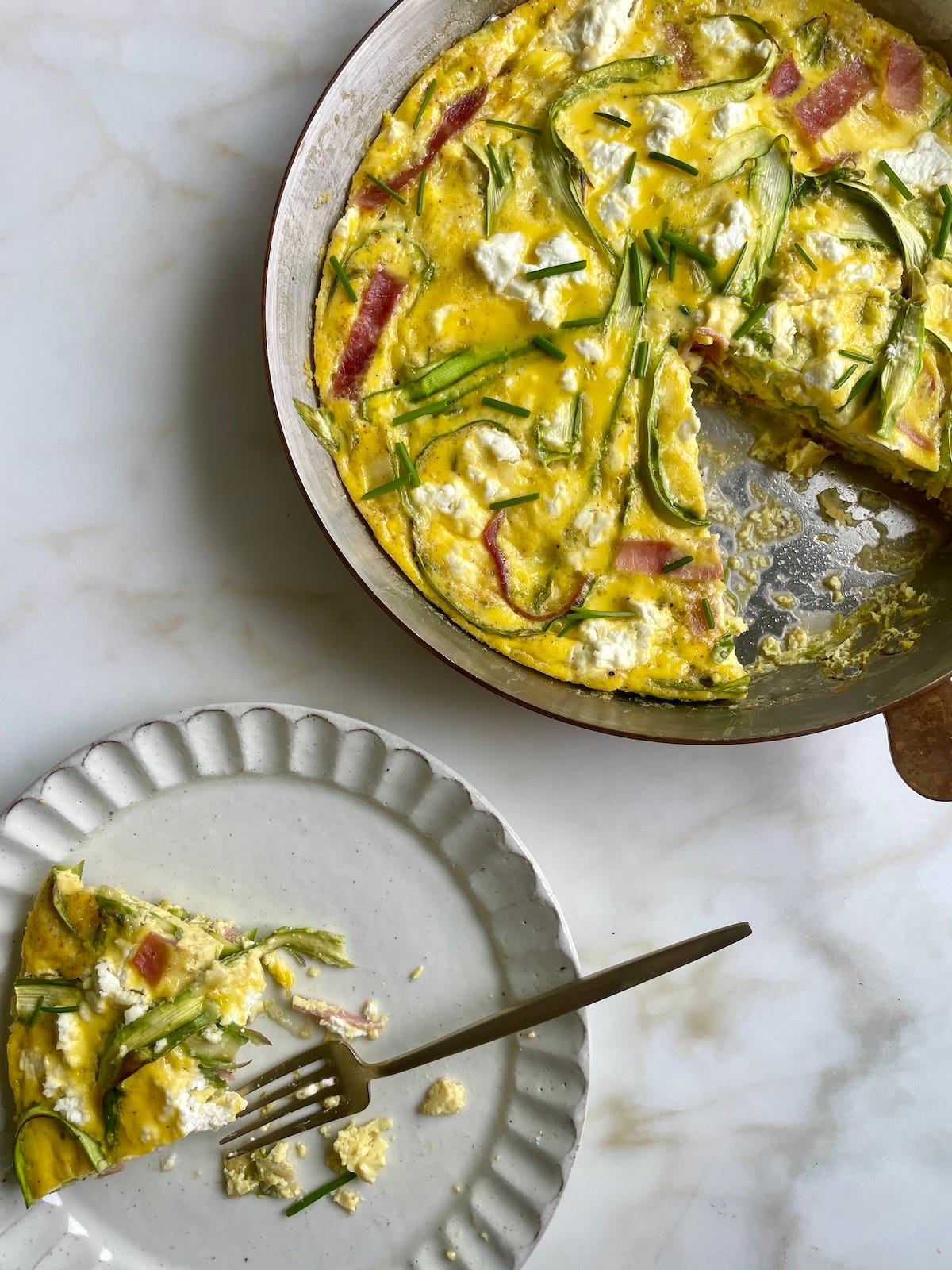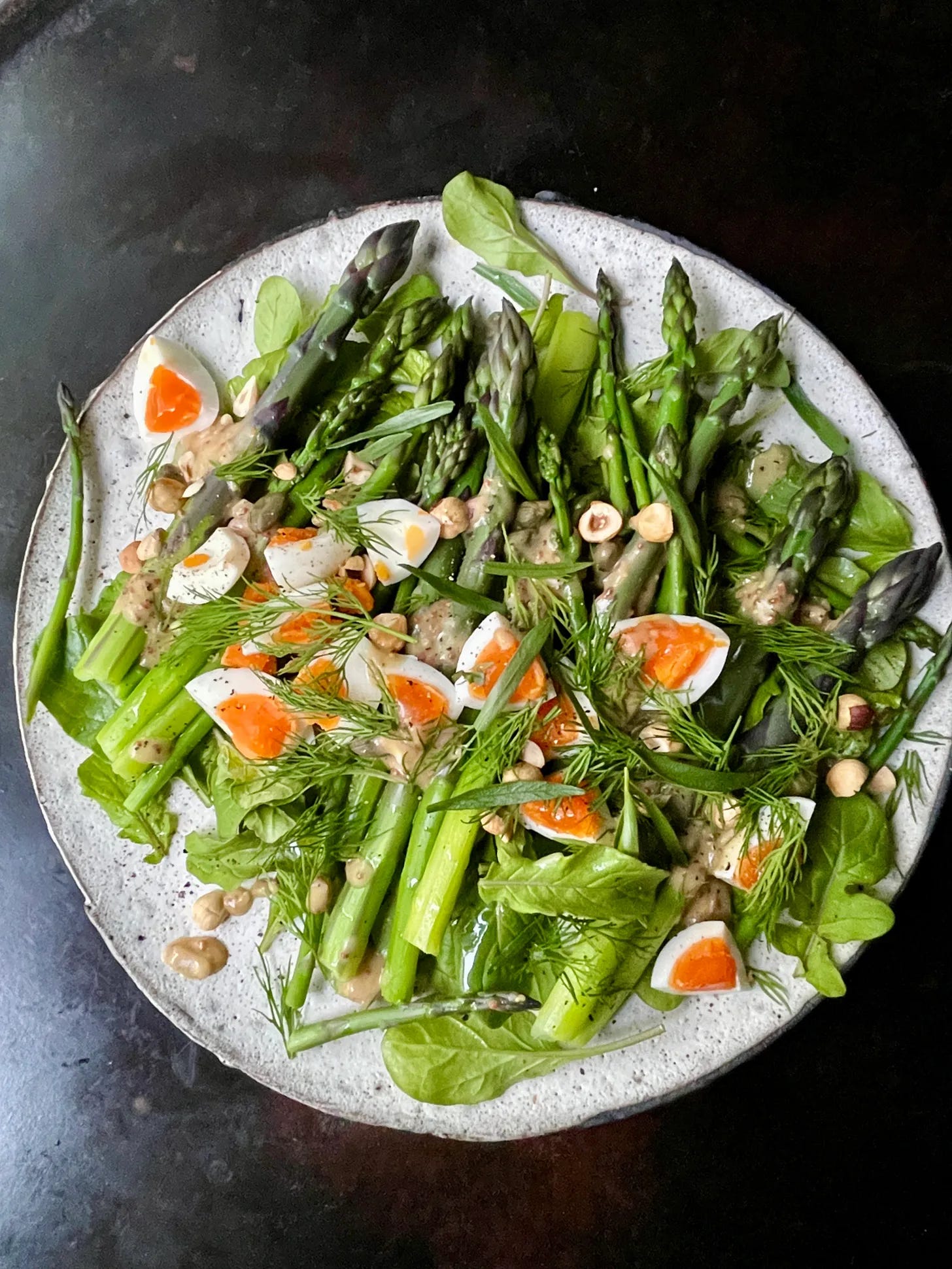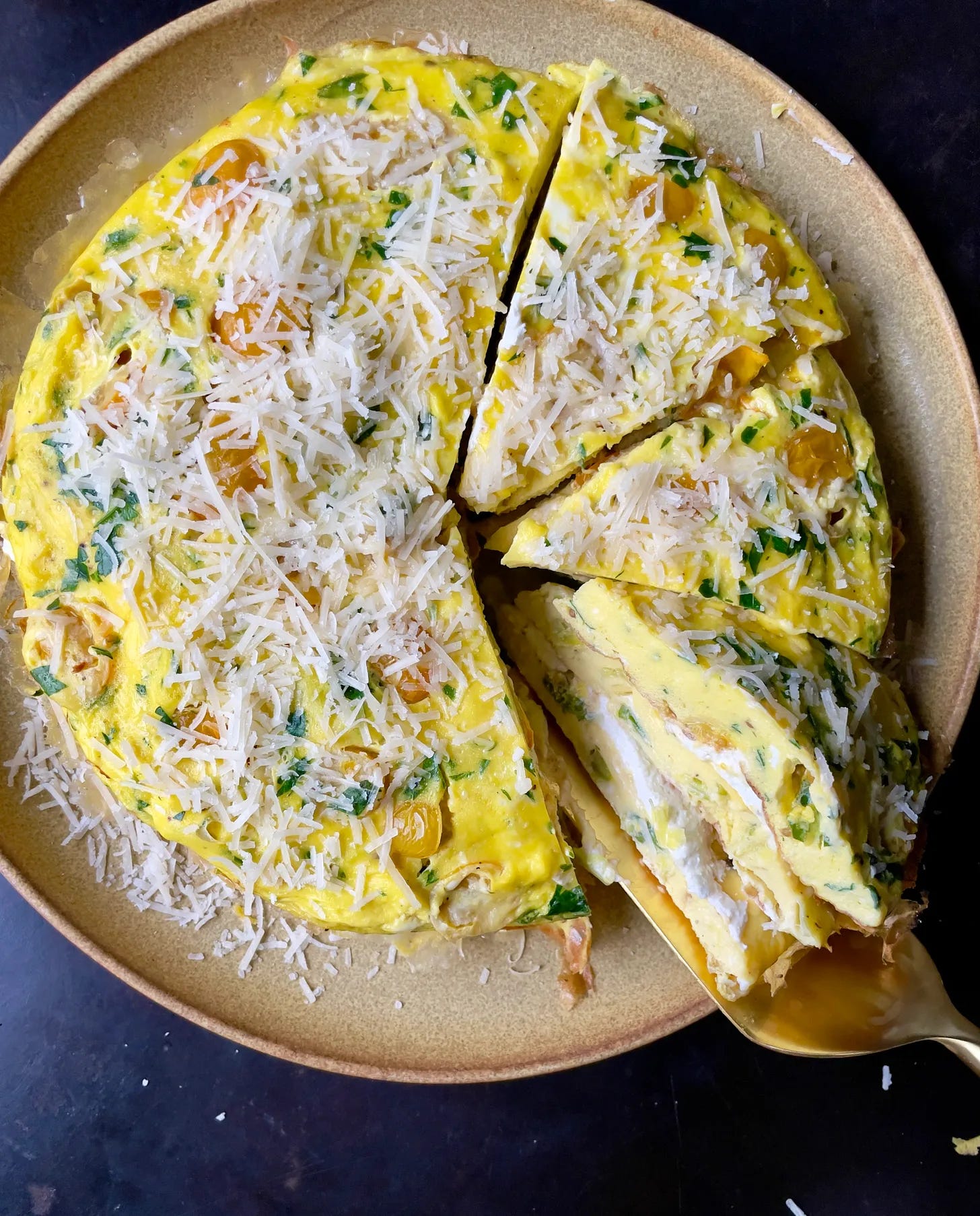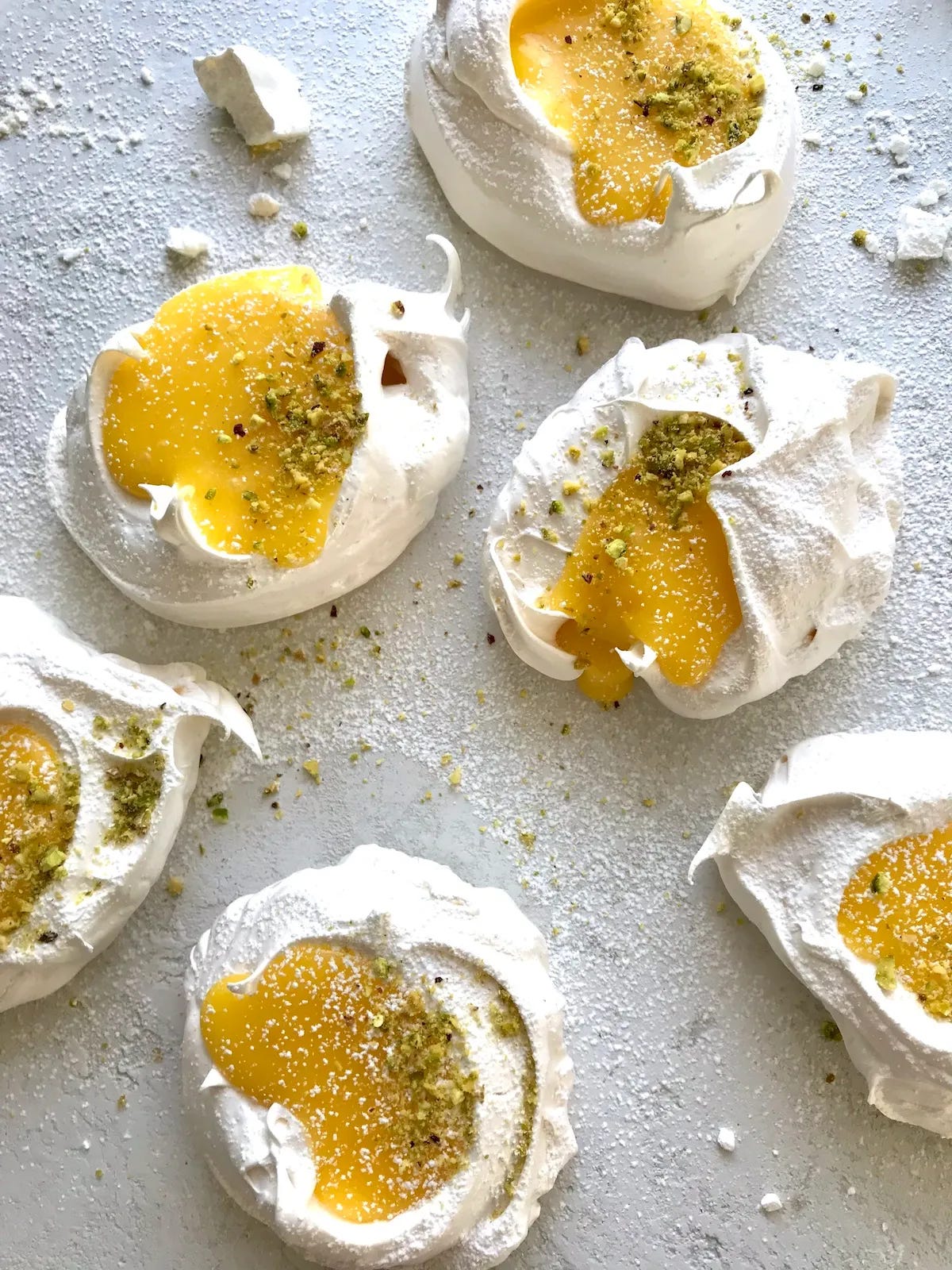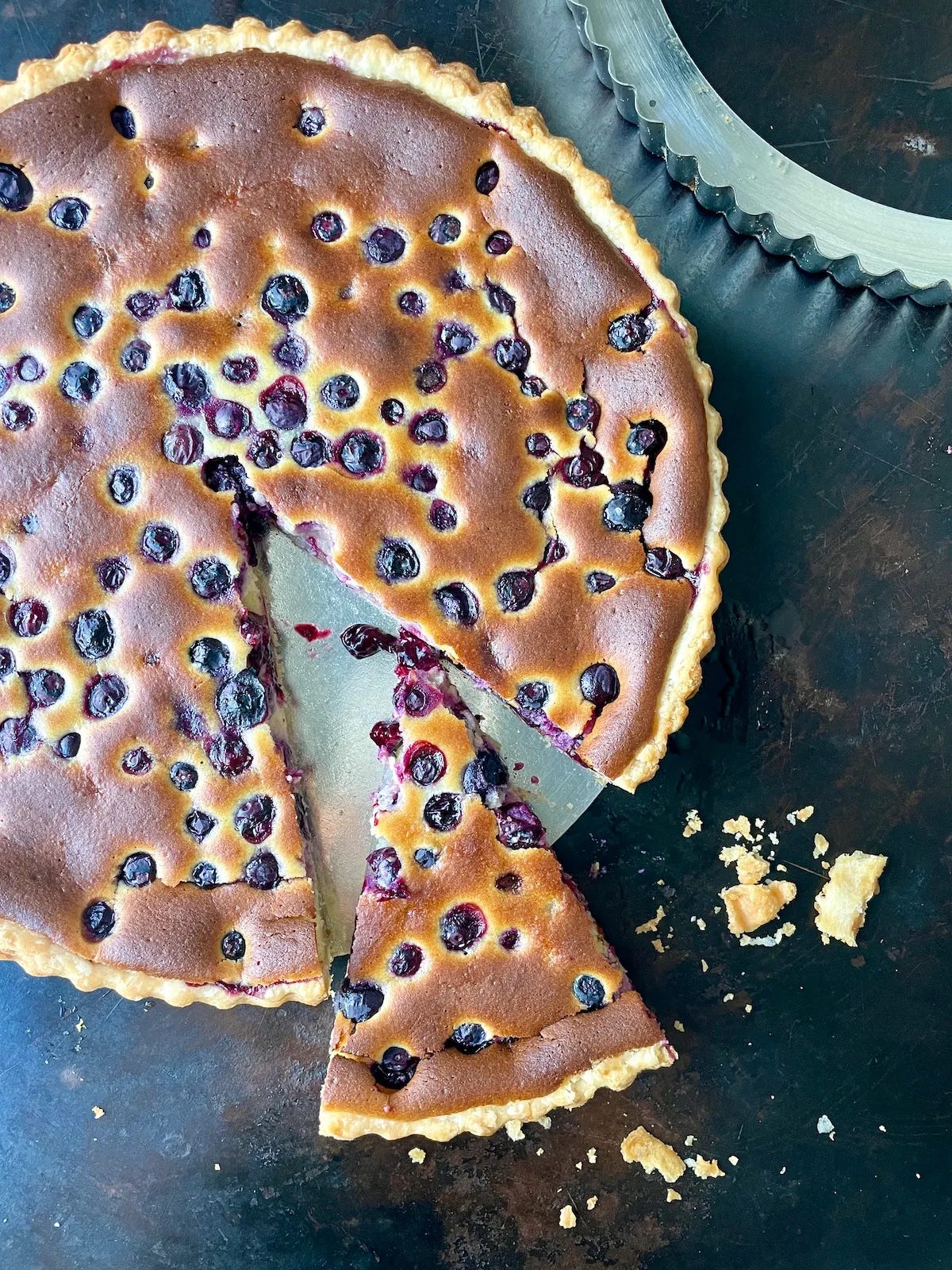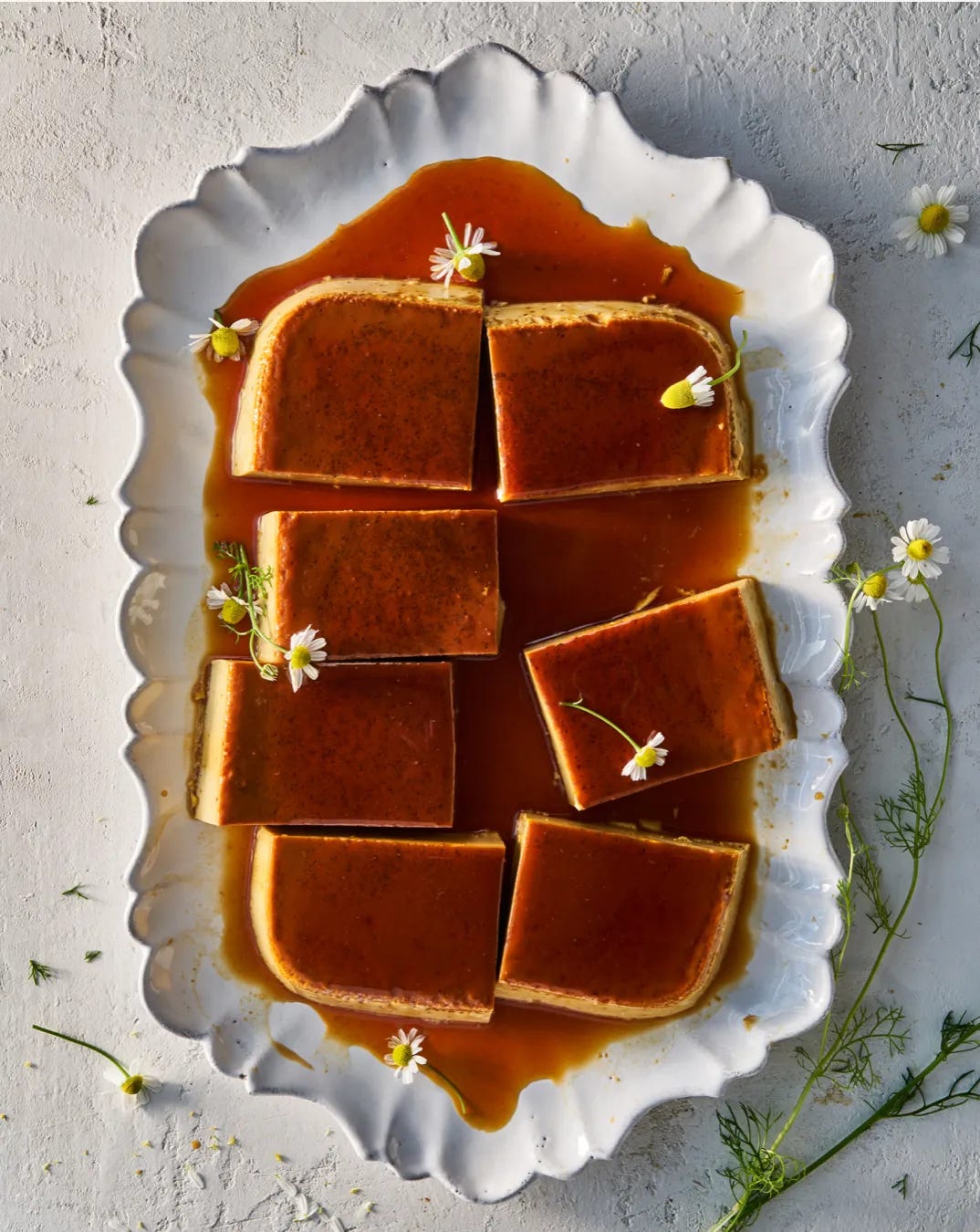I want to thank everyone who commented on last week’s newsletter for a chance to win a free one-year subscription to Susanality. I loved reading all of them, and appreciate all of the nice things you said! Big congrats to Phoebe, Ava, and Candice, who were the lucky winners. I also want to thank everyone who took the time to complete the survey I shared last week. It was a great opportunity to get to know you better and to tailor my content to meet your needs (and wants!). It’s not too late if you’d still like to take this very short survey! I’d still love to hear from you.
A few of you commented that you’d like to know more about the recipe development process, so I am going to share some of that with you today. Someone asked why the carrot cake recipe had 3/4 cup plus 3 tablespoons of vegetable oil, aka 1 cup less 1 tablespoon. I test my recipes repeatedly, tweaking each version until perceived perfection has been reached, and sometimes that results in a slightly odd measurement. It was just a little too oily with a full cup of oil, so I opted to reduce it slightly. I wanted the cake to be moist, but not greasy.
As I toyed with some ideas for this week’s newsletter, I knew I wanted to offer something eggy for your Easter brunch, or just for any spring brunch or even dinner, because who doesn’t like eggs for dinner sometimes? I knew I wanted it to be a little different from a frittata, partly because I wonder if you really need a recipe for that (do you??). I kind of wanted to do a traditional quiche, because, well, quiche is good, but not everyone has the time or the motivation to make a crust, as much as I may try to convert you. But really, when you're having brunch, maybe it’s better to save some room for pastries or desserts, right? And this is a good way to please the low-carb and gluten-free folks if you have any of those (and who doesn't?).
So I explored the idea of an alternative crust made of shredded potatoes, which I’ve seen before. This would give a little bit of textural variety, as well as something to contain the egg mixture, no?
It seemed like a good idea, so I gave it a go in my own kitchen to find out. What I found was that the juice was not worth the squeeze. Even after taking the time-saving step of using frozen hash browns (I confess, I had never bought those before!), it still took almost an hour to get them anywhere near as brown or crisp as I would have liked, and even then, they shrunk down a bit too much around the edges, which allowed the egg mixture to flow between the “crust” and the dish. I’m sure I could have gotten it to work eventually, but honestly, the potato didn’t really add much, so I scrapped the idea and decided to go with a “crustless quiche,” which is so much easier and just as delicious!
What is the difference between a crustless quiche and a frittata? Not a whole lot, but there are some key differences to be aware of. A frittata, at least the way I make them, typically has just a little dairy (i.e. milk or cream) mixed in with the eggs, whereas a crustless quiche — just like the kind with a crust — has a higher proportion of dairy, yielding a dish that has a more trembling custardy consistency, and is not at all rubbery, even when cool. A frittata is cooked in a skillet, usually with a few minutes of stirring so that the eggs begin to solidify, and then a period of cooking in the oven or on the stovetop with a lid to completely set the eggs, whereas a crustless quiche is cooked in a baking dish or pie dish (though a skillet would work too) undisturbed in the oven, as you would bake a cake.
What frittatas and quiches have in common is that they are blank slates for your imagination. You can customize the ingredients to suit your taste. You can swap the ham for crisp bacon. Or, if you want to make it vegetarian, leave out the meat altogether. Change up the cheeses based on what you have on hand or your preferences. Use a different vegetable if you’d like, though I really like the shaved asparagus here because you don't need to cook them ahead of time. I like tarragon, but if you don’t, try dill, mint, basil, chives, or parsley instead. The herbs do add something, so I urge you to use one of them, or even a mix.
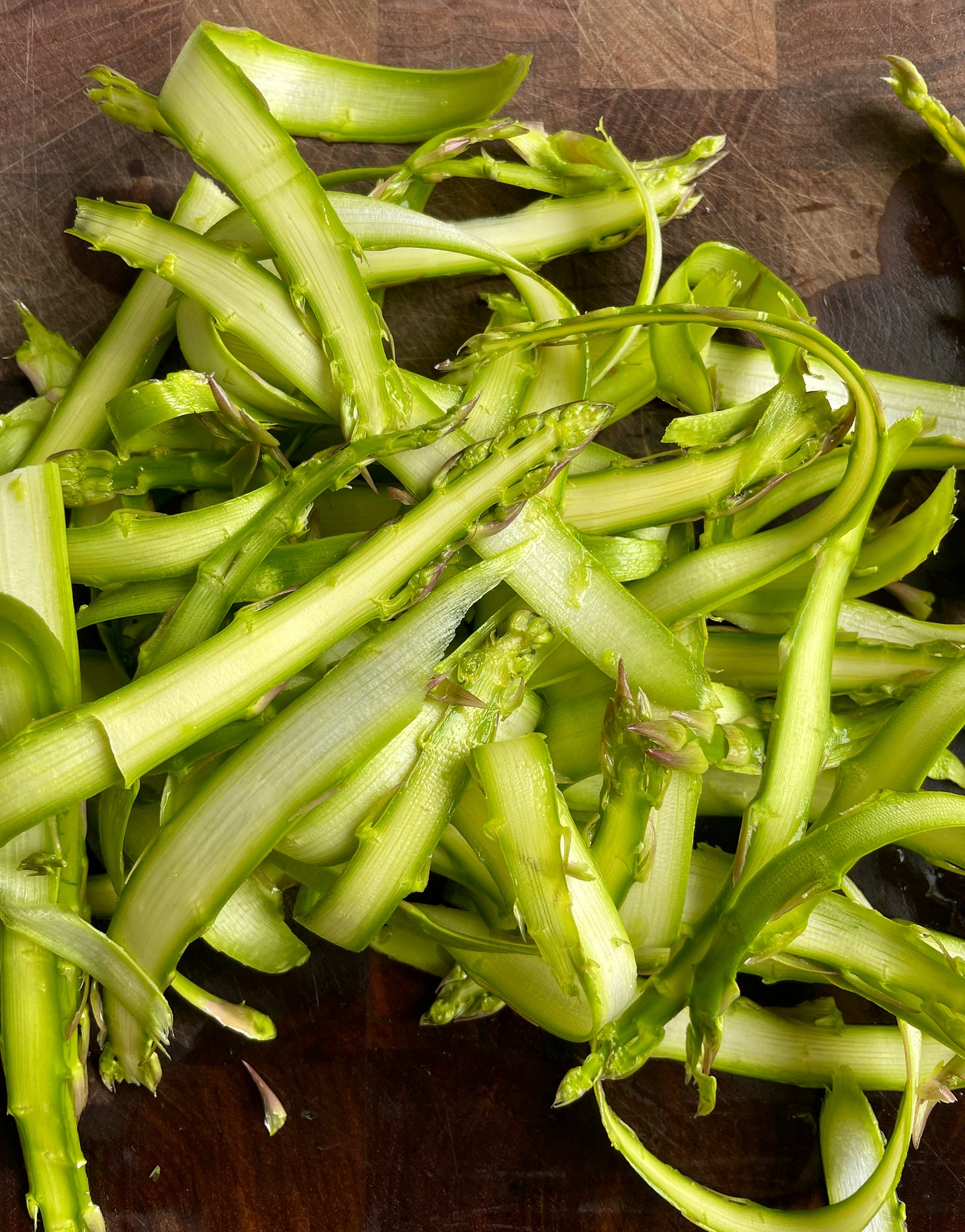
So, now that you know more than you ever wanted to know about crustless quiche, will you give it a go this weekend? It makes a great centerpiece dish for brunch, and you don’t even need to think ahead!
P.S. This is not the last time you will be seeing asparagus around here in the next month or two!




